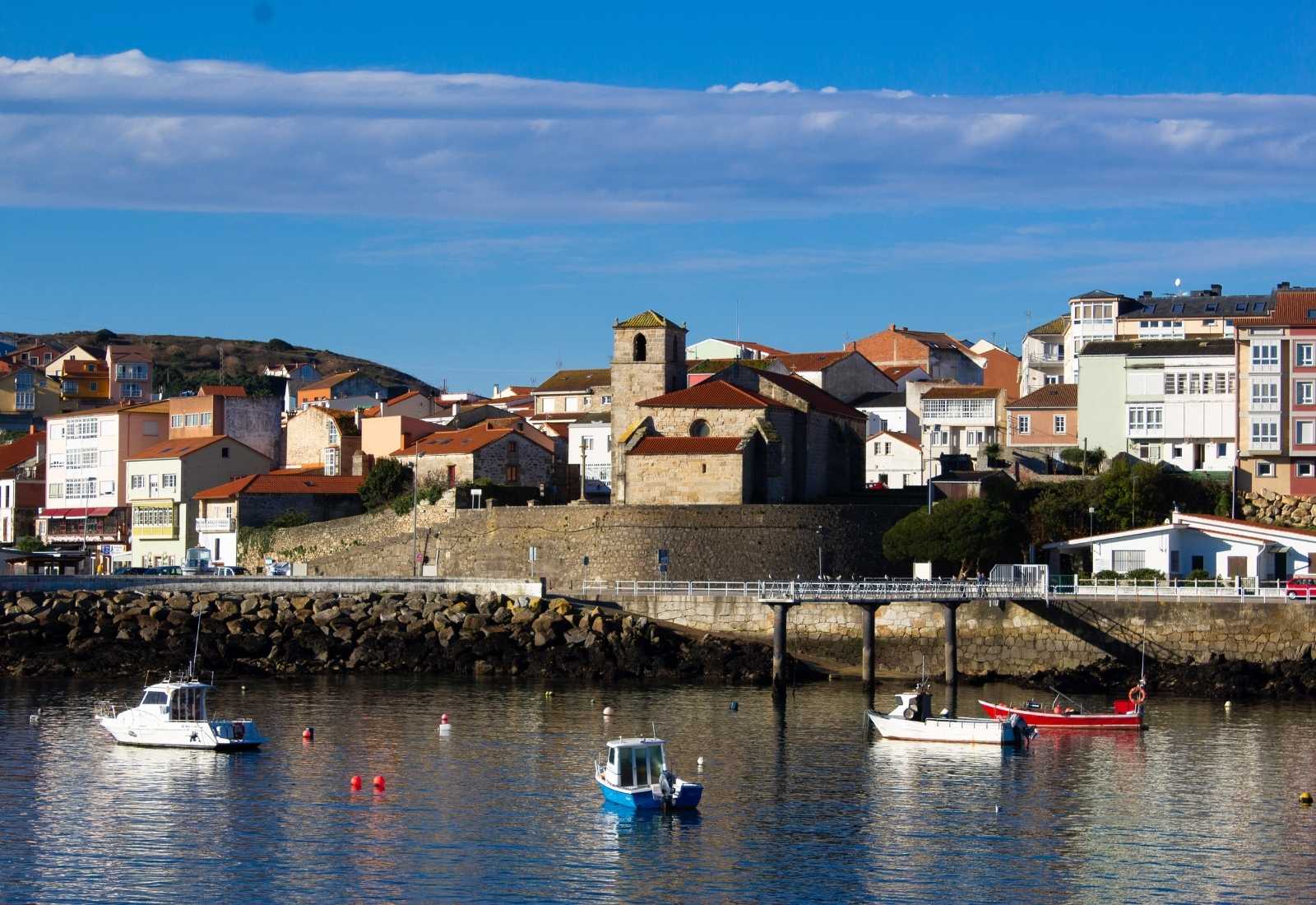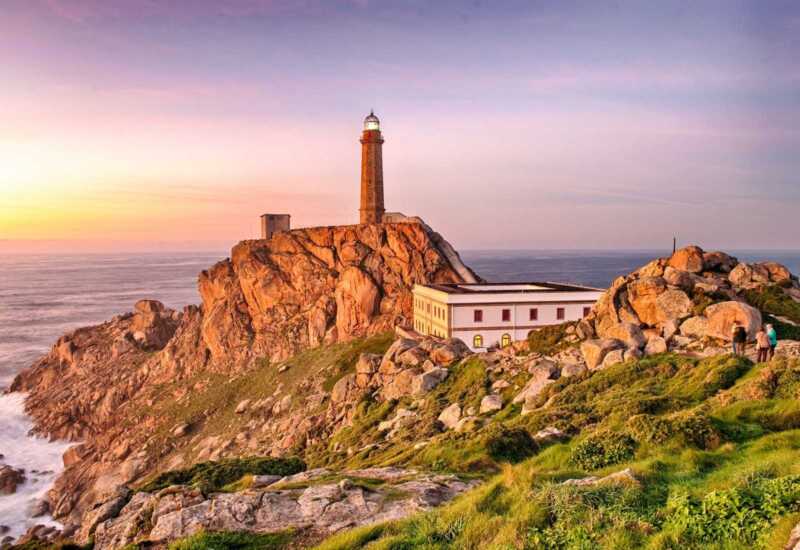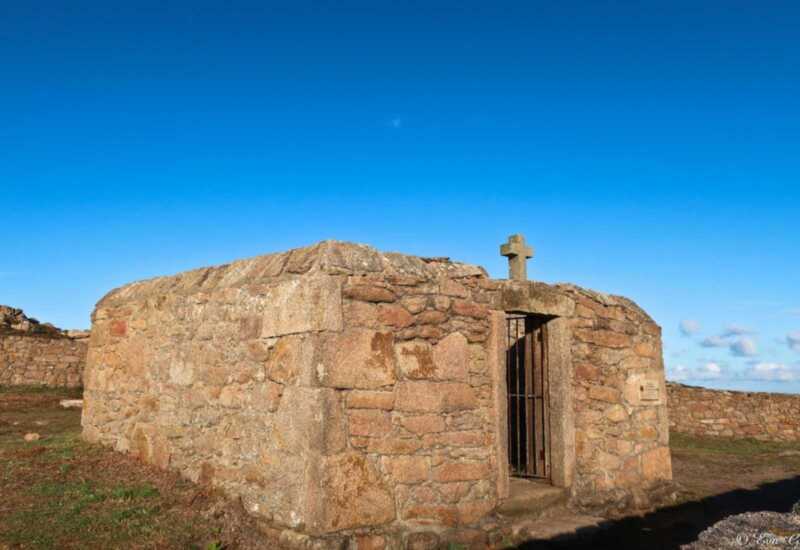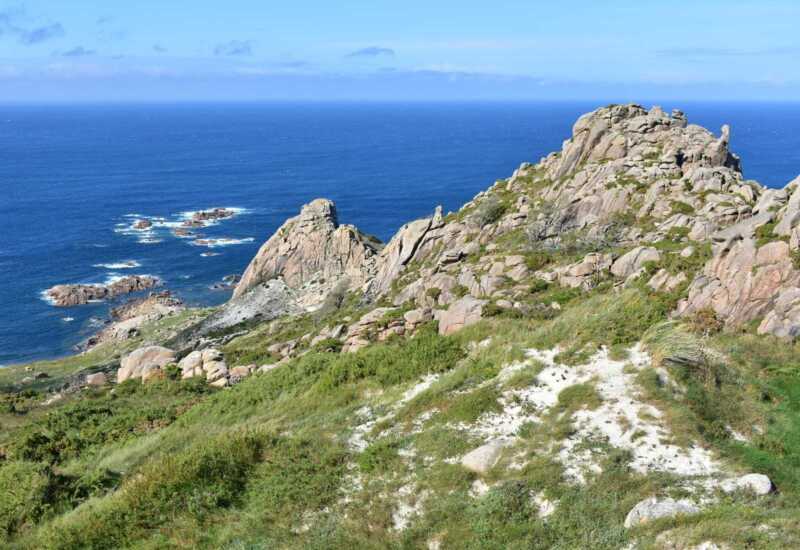
Information about Camariñas
Camariñas is a historic fishing village located in the heart of the Costa da Morte. Its toponym refers to the “caramiña” or grass of hunger, a unique bush in the area, in danger of extinction, and that appears in the month of August in the surroundings of Camariñas, as for example in the magnificent sandy area of the Playas del Trece.
The French invasion of 1809, when the Ría de Camariñas was the scene of bloody and bloodthirsty battles in the so-called Napoleonic wars, is especially remembered in its history. Today it is one of the most important villages of the Costa da Morte, with a unique natural environment and a great textile tradition, the bobbin lace.
What to see and do in Camariñas
Lace Museum (MECAM)
The bobbin lace in Camariñas is the material and immaterial expression of its people, and that has the woman as the protagonist. Besides the patrimonial value, it has a strong social and collective value, since the work of lace is usually done in a group, where women meet, interact and give free rein to their creativity. This museum is a must-see.
Vilán Lighthouse
The first lighthouse here was built in 1854, but shortly after its inauguration, deficiencies were detected, which were gradually solved with new projects. The definitive one was approved in 1885 and the current lighthouse was inaugurated in 1896. The lighthouse and Cape Vilán offer spectacular views of the heart of the Costa da Morte.
The Cannery of 1884
It is a museum shop located in one of the warehouses of Cerdeimar Industries, dedicated since 1884 to the canning and packaging of various seafood products. Integrated within the tourism revitalization project of the Canning Route We recommend a visit to these manufacturing facilities and a tasting of their products.
Cemetery of the English
Built by the local population, in this cemetery rest the remains of the cemetery rests the remains of the crew of the British torpedo cruiser HMS Serpent on November 10, 1890, which was wrecked off this coast. It was the locals themselves who were in charge of rescuing the bodies. All a detail of humanity.
Natural heritage
Located very close to the village of Arou, you should not miss Monte Branco and its rampant dune, the highest in Spain thanks to its 150 meters high. In its surroundings grows the camariña (Corema album), an autochthonous bush that in the summer season adorns the surroundings of the dunes and the neighbouring beaches of the Trece. This is a practically virgin area of great natural value.
Sovereign’s Castle
This 18th century maritime-terrestrial fortification was built for the improvement and artillery of the defence of the coast of Camariñas, as is the case with the whole Galician coastline, which is highly coveted by foreign powers. The castle is not in its best state of preservation, although you can intuit in plan its battery for cannons facing the sea and its hornabeque facing land.
Hermitage and Pilgrimage of the Virgen del Monte
Baroque style hermitage from the 18th century located between Camariñas and Cape Vilán, on a small hill opposite the Punta de A Barca de Muxía. According to legend, they were two virgin sisters who settled one on each bank of the Ría de Camariñas. Every Easter Monday the pilgrimage is celebrated, when the faithful procession the image of the Virgin from Camariñas to the hermitage. The surroundings of the chapel are full of votive offerings with seafaring motifs such as boats. There is much veneration for this image, and legend has it that this Virgin protects and warns sailors of possible storms.





